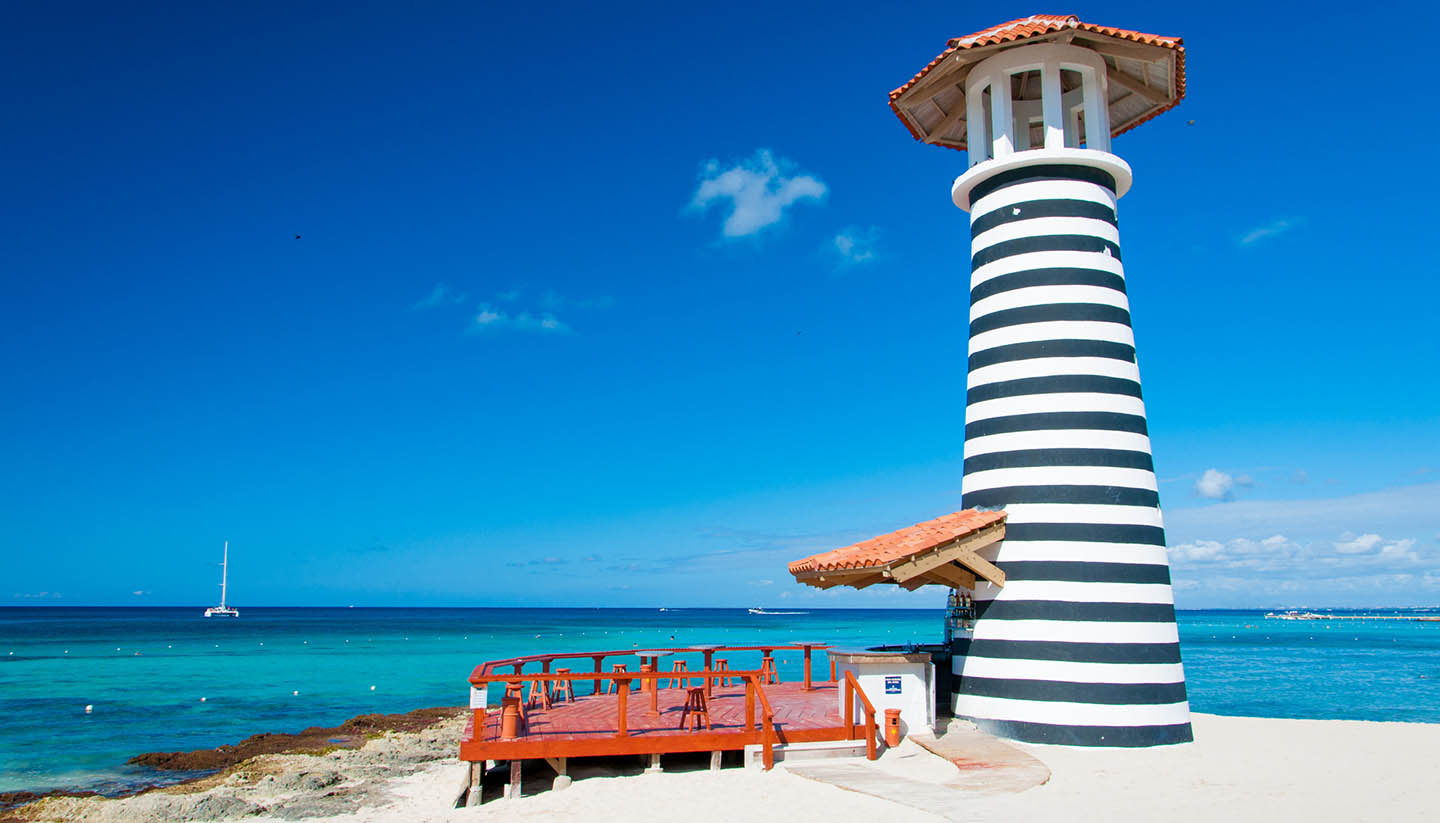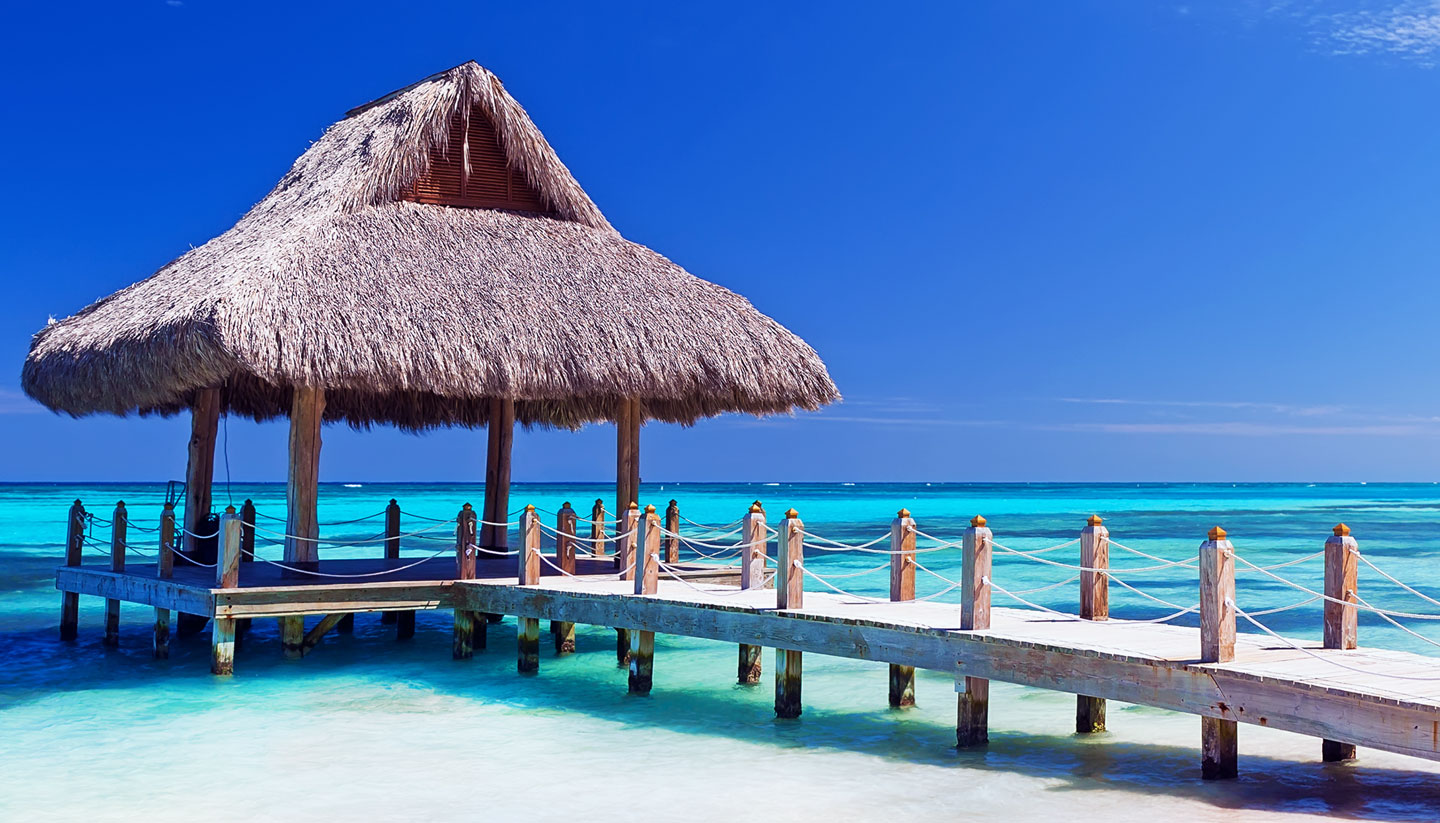Getting Around Dominican Republic
Air
Dominican Shuttles (www.dominicanshuttles.com) runs charter and scheduled domestic flights. SAP Group (www.sapair.com) also runs charter flights.
Road
There is a reasonable network of roads, including the Sanchez Highway (DR-2), running westwards from Santo Domingo to Elías Piña on the Haitian frontier. The Mella Highway (DR-4) extends eastwards from Santo Domingo to Higüey in the southeast and the Autopista Juan Pablo Duarte (DR-1), running north and west from Santo Domingo to Monte Cristi on the northwest coast are also popular highways.
Autovia del Este (DR-3) connects the two main tourist towns (Punta Cana and Santo Domingo). The journey takes about two hours and 30 minutes.
Side of the road
RightRoad Quality
Not all roads in the Dominican Republic are all weather, and 4-wheel drive vehicles are recommended for wet weather. Checkpoints near military installations are ubiquitous, though no serious difficulties have been reported (those near the Haitian border are most likely to be sensitive). Keep doors and windows locked at all times. Driving at night is not recommended because of poor lighting and signage.
Car Hire
There are several car hire companies in Santo Domingo. Despite the law stating that you must be at least 18 years of age to drive, many car rental companies usually require you to be at least 21 years old, and in some cases, at least 25 years old. A passport, a valid driving license and a credit card are required for car hire.
Taxi
Travellers are advised to hire tourist taxis or radio taxis that can be arranged in advance. Avoid unmarked taxis.
Bike
There are bike rental companies in Dominican Republic.
Coach
There are several privately-owned bus companies running coach services between major destinations. Popular companies include Metro Bus (metroserviciosturisticos.com) and Caribe Tours (caribetours.com.do).
Regulations
Drivers and all passengers are required to wear seat belts and using a mobile phone while driving is prohibited. Turning right on a red light after stopping is allowed. The speed limit is 120kph (75mph) on highways, 80kph (50mph) on main roads and 40kph (25mph) in small towns and villages.
Documentation
A valid driver's license, passport and rental documents including insurance must be with you at all times.
Road note
If driving in rural areas, take extra caution as some roads have potholes. Make sure to top up petrol when given the chance as petrol stations can be far apart. If involved in a car accident, report it to authorities. If the accident doesn't cause any injuries and you are in Santo Domingo or Santiago, register the incident at Le Casa del Conductor, or at the nearest police station if you are in a different area.
Urban travel
Santo Domingo has flat-fare bus and minibus services, and thousands of share-taxis known as Conchos, who usually have pre-established routes. To get one, wave at the driver and check if your destination is on their routes.
Hotel taxis are also available. In old Santo Domingo, the streets are narrow with blind corners, so do pay attention, particularly as Dominican drivers have a tendency to use their horns rather than their brakes.
Rail
The rail network is mainly used for freight. In Santo Domingo, the city has a good metro service, with the north-south metro line passing the Plaza de la Cultura, while the east-west line connects major shopping and business areas.
Rail Passes
For Santo Domingo metro, you can purchase a single-charge card or a rechargeable card.
Water
There is a scheduled passenger ferry service between Samaná and Sabana de la Mar.
Water note
Be cautious of the hurricane season from June to November.



